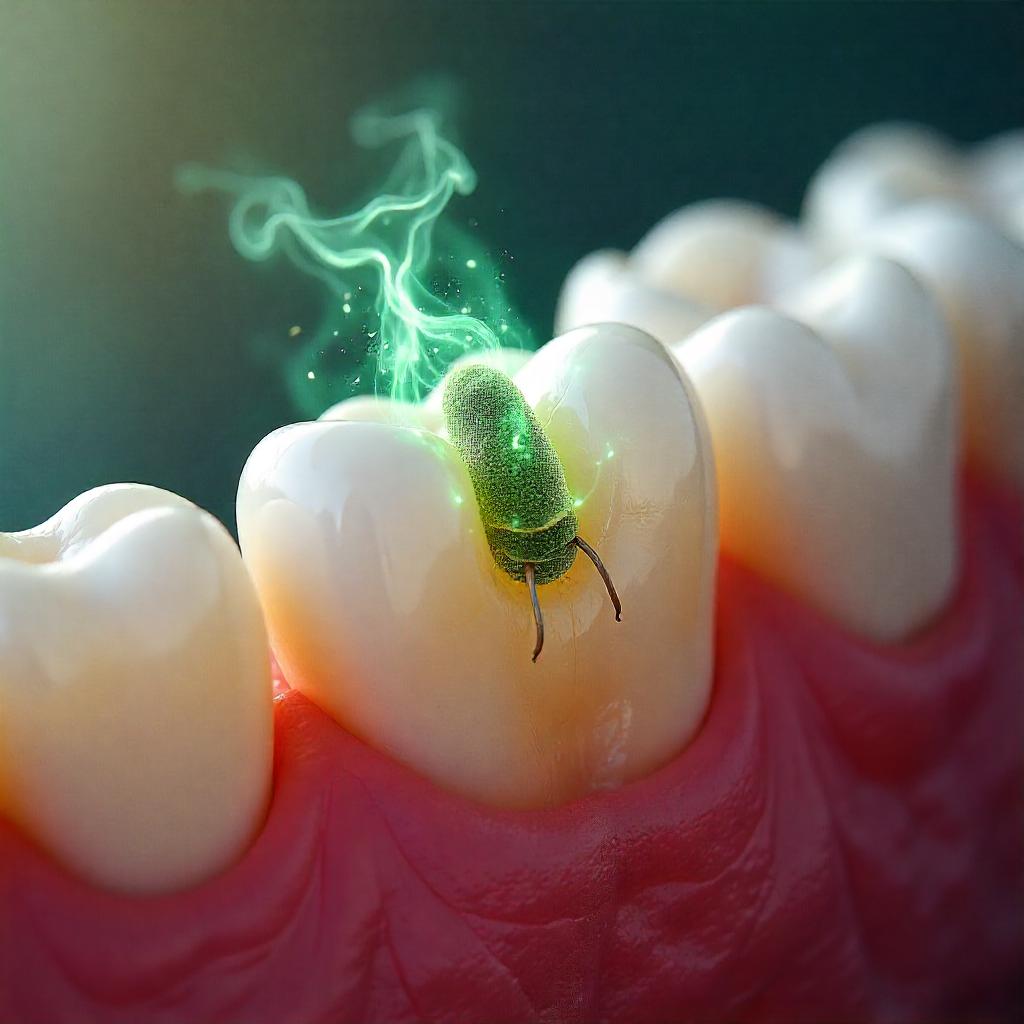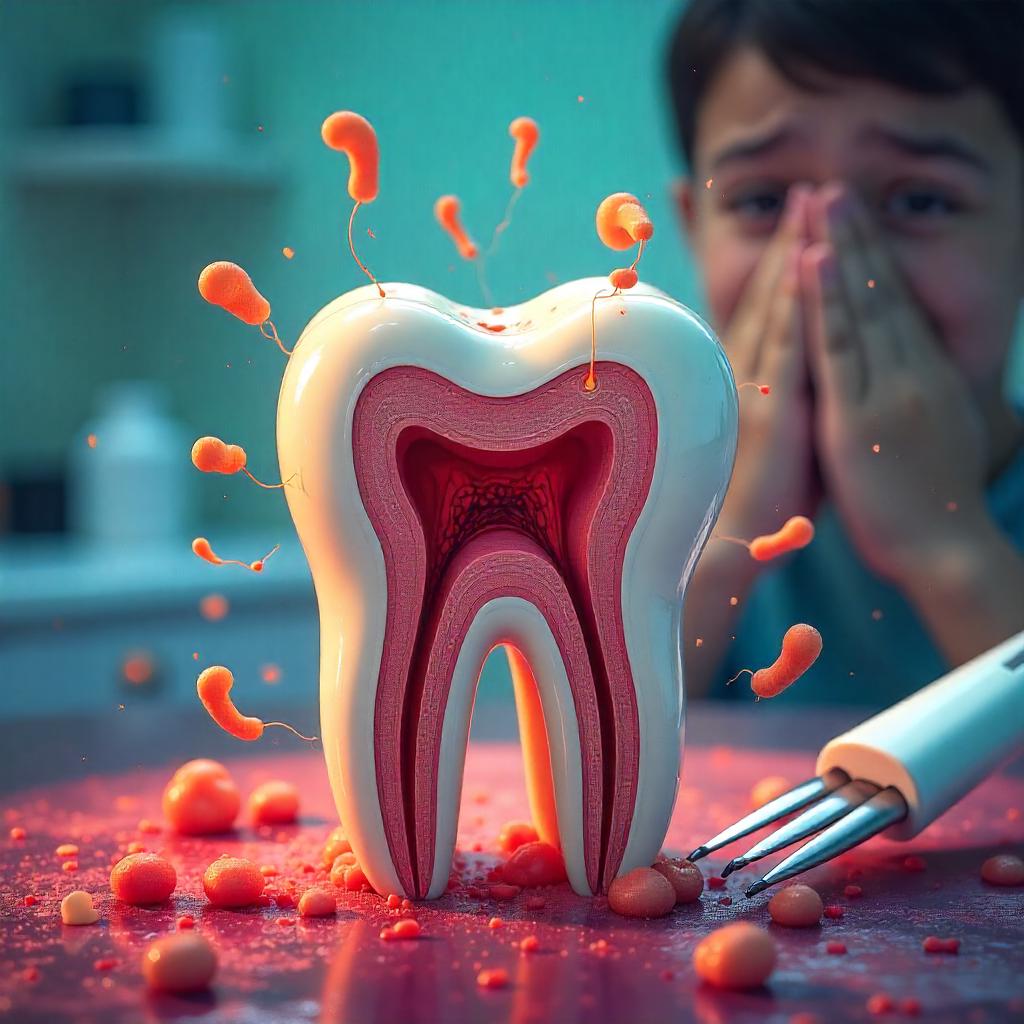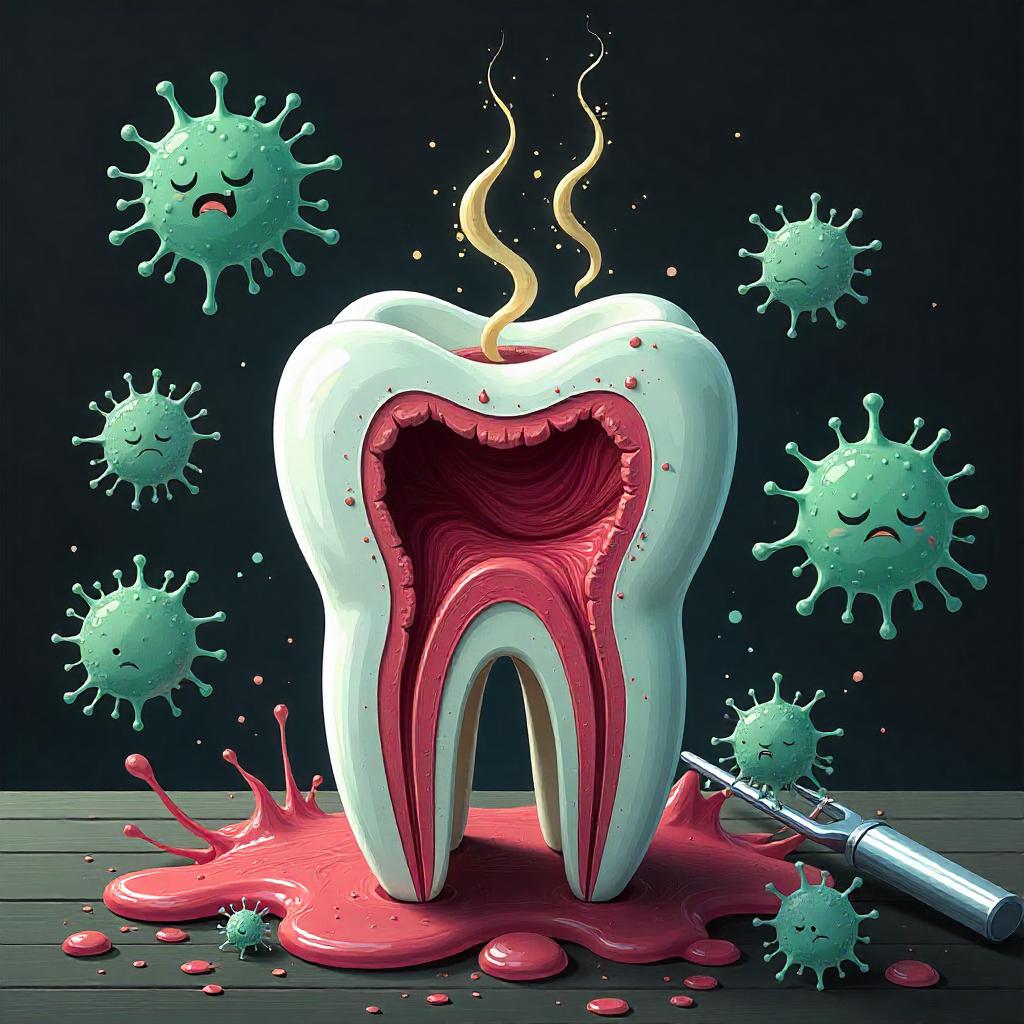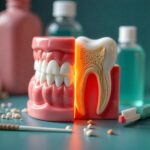Tooth decay produces a distinctive unpleasant smell often caused by bacterial activity in the mouth. This odor is a key sign of poor oral health that can escalate into significant dental issues if ignored. Understanding what causes this smell, its characteristics, and how to address it is essential for maintaining healthy teeth and fresh breath. Below, we’ll explore these aspects in detail, along with actionable steps to combat the issue.
1. What Causes the Smell of Tooth Decay?
The smell associated with tooth decay arises primarily from bacterial growth and the release of sulfur compounds. These bacteria feed on food particles and dead tissue, breaking them down into byproducts that emit foul odors.
- Bacterial Byproducts
Specific bacteria, particularly those responsible for decay, release volatile sulfur compounds (VSCs) such as hydrogen sulfide and methyl mercaptan. These compounds are marked by a rotten egg or sulfur-like odor.
- Decay of Organic Material
Food debris trapped between teeth or stuck on the enamel decomposes over time. The decay process adds a distinct, sharp smell to the mouth.
- Formation of Cavity Lesions
Cavities often trap debris and bacteria, creating localized pockets of decay. If not treated, this becomes a breeding ground for smells caused by bacterial activity.
Key Causes Summary:
- Bacterial metabolism releasing sulfur compounds
- Decomposing food remnants
- Foul gases trapped within cavities

2. What Does It Smell Like?
The odor varies depending on the stage and severity of the decay:
- Rotten or Sulfuric Smell
As bacteria release VSCs, a strong smell reminiscent of rotten eggs becomes prevalent. This is due to hydrogen sulfide.
- Foul Dairy-Like Odor
When plaque and bacteria interact with protein-laden food residues, the smell can compare to sour milk or decaying cheese.
- Sweet or Fermented Scent
Early-stage tooth decay may produce a subtle sweet smell caused by sugar fermentation within the bacteria.
- Persistent Halitosis
Ongoing bad breath is another indicator that decay or infection is affecting your mouth, signaling that treatment may be necessary.
Sensory Characteristics Recap:
- Strong, offensive odors like sulfur and rot
- Occasional dairy-based or fermented notes
- Persistent unpleasant breath
3. How Does Diet and Oral Hygiene Influence Smell?
Your diet and hygiene routine can significantly impact whether or not tooth decay leads to a noticeable odor.
- Sugary and Carb-Dense Foods
High sugar content provides a favorable environment for bacteria to produce acids and release foul byproducts.
- Improper Brushing or Flossing
Poor hygiene practices leave food particles and plaque untreated, exacerbating bacterial growth and odor production.
- Neglecting Professional Cleanings
Over time, plaque hardens into tartar, which harbors odor-producing bacteria in areas you cannot reach without professional intervention.
Improvement Tips:
- Brush twice daily using fluoride-based toothpaste.
- Floss regularly to remove trapped food matter and plaque.
- Visit a dentist every six months for deeper cleanings.
4. Additional Causes of Odor Misinterpreted as Tooth Decay
Sometimes, smells that mimic tooth decay have other origins within the oral cavity or the body as a whole.
- Gum Disease (Periodontitis)
Chronic inflammation of the gums caused by built-up plaque releases similar sulfur compounds as decay. Additionally, gum pockets harbor anaerobic bacteria responsible for odors.
- Dry Mouth (Xerostomia)
Low saliva production reduces the natural cleansing action in your mouth. This environment encourages bacterial growth and increases both plaque and volatile odors.
- Dental Abscesses
Advanced decay causing infections in the root or gumline produces pus, which emits a noticeably rancid odor. If untreated, this can complicate overall oral health.
- Systemic Conditions
Halitosis and decay-like smells can stem from conditions such as diabetes, sinus infections, or GERD (acid reflux), which carry distinct odors that are sometimes attributed to oral decay.
Professional Tip:
An accurate diagnosis from a dentist differentiates tooth decay odors from other conditions, ensuring effective treatment.
5. How To Prevent and Address Tooth Decay Smell
Prevention and treatment are focused on limiting bacteria and maintaining a clean oral environment. Here are actionable steps to combat and prevent the unpleasant odors related to tooth decay:
Prevention Strategies
- Use Antimicrobial Mouthwash
Choose a mouthwash containing chlorhexidine or cetylpyridinium chloride to kill bacteria associated with decay.
- Enhance Your Brushing Technique
Use a soft-bristled toothbrush and replace it every three months. Ensure you brush along the gum line and between teeth.
- Hydrate Regularly
Drinking water throughout the day helps wash away food particles and stimulates saliva production.
- Chew Sugar-Free Gum
Gum contains xylitol, which neutralizes acid and reduces bacterial growth.
Treatment Options
- Dental Fillings or Restorations
Treating cavities immediately stops the decay process, removing the source of odor.
- Scaling and Root Planing
For gum-related odors, deep cleaning below the gumline effectively eliminates bacterial colonies.
- Fluoride Treatments
These strengthen enamel and help mitigate early decay, curbing odor production.
- Address Underlying Causes
Conditions such as dry mouth or acid reflux should be managed in conjunction with dental care to eliminate odors entirely.

6. Advancements in Fighting Tooth Decay and Related Smells
New innovations are improving the ways we detect, prevent, and address the smells associated with decay:
- Digital Diagnostic Tools
AI and high-tech imaging provide earlier detection of cavities and bacterial build-up, which can help tackle the issue before odors develop.
- Probiotic Therapies
Research into oral probiotics suggests they may combat odor-causing bacteria while fostering beneficial strains, reducing halitosis and decay risks simultaneously.
- Enhanced Fluoride Formulations
Modern treatments now offer varnishes and gels tailored to fight decay in hard-to-reach areas effectively.
Final Thoughts
The smell of tooth decay is both a symptom and signal that action should be taken. The distinct sulfur-like odor, often combined with persistent halitosis, stems from bacterial activity and the breakdown of organic material inside cavities or gum pockets. By adopting positive oral hygiene habits, addressing underlying conditions, and seeking regular dental care, you can stop tooth decay smells at their source for a fresher, healthier mouth.
Stay proactive, and make oral health a priority—because eliminating the cause of the smell ultimately prevents further damage and ensures long-term dental well-being.



